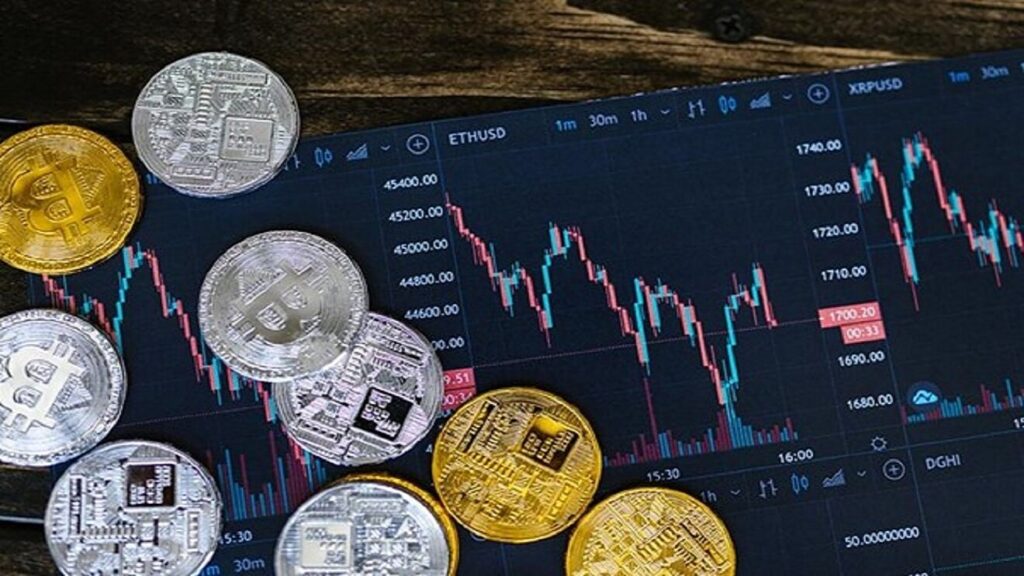Data science is a field that is booming, the demand for specialists in this field is huge and salaries are steadily increasing, and for good reason, the current world in which we are surrounded by huge data sets requires us to be able to draw better conclusions and build a bright future together.
I recently asked myself, does data science have a right to exist in an automated future?
Given that today most data scientists use off-the-shelf libraries and alternate algorithms, an automated future will surely reach a point where a program will be able to clean the data itself, select the right tools and provide many more conclusions than a human can.
In my opinion, data science will stay with us for years to come, but over time it will be replaced by machine learning engineers who will carefully select algorithms to make them draw conclusions from data sets.
The demand for data scientists is very high all the time, but from my personal observation it seems as if it is waning.

